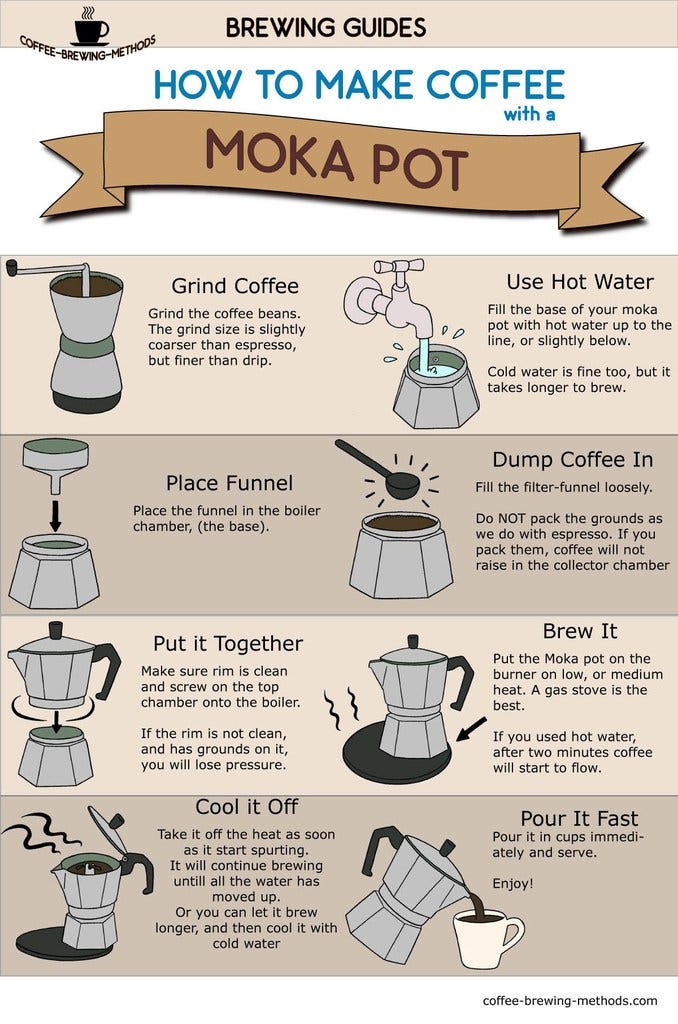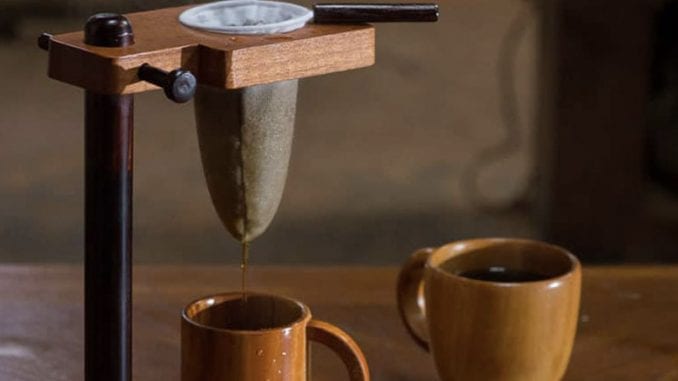Checking Out the Art of Coffee Developing: A Comprehensive Guide to Improving Your Mug
The art of coffee brewing is a complex discipline that merges scientific research with individual expression, where the choice of beans, water high quality, and developing approaches converge to produce a polished sensory experience. Understanding the nuances of different coffee beans, specifically the distinctions between Arabica and Robusta, is necessary for any kind of enthusiast. The selection of suitable devices and precise interest to developing criteria can significantly influence the final outcome. As we explore these aspects, one must take into consideration just how even small adjustments can lead to profound changes in flavor and fragrance-- what might these changes disclose concerning your ideal cup?
Comprehending Coffee Beans
To really value the art of coffee brewing, one should initially comprehend the fundamental aspect: coffee beans. Coffee beans primarily fall into 2 classifications: Arabica and Robusta.

Moreover, the processing technique-- whether cleaned, all-natural, or honey-- affects the beans' final taste. Recognizing these elements allows brewers to choose the appropriate beans that straighten with their preferred flavor profile, eventually boosting the coffee developing experience. coffee brewing methods. This understanding is important for any individual desiring understand the craft of making the excellent mug of coffee
Brewing Methods Discussed
Numerous lovers discover that the option of brewing technique substantially affects the final flavor and scent of their coffee. Each technique utilizes different extraction techniques, influencing the coffee's personality and splendor.
Drip developing, among the most popular methods, uses an equipment to trickle warm water with ground coffee, creating a clean and consistent mug. French press, on the various other hand, immerses coffee grounds in warm water, permitting for a fuller body and even more robust flavor, as oils and great fragments stay in the brew.
Pour-over brewing offers a thorough strategy, where water is by hand poured over coffee grounds, permitting for specific control over removal time and temperature, resulting in a intense and nuanced cup.
Espresso, a focused coffee brewed under pressure, is recognized for its strong flavor and luscious appearance, offering as the base for different coffee drinks, consisting of cappuccinos and cappucinos.
Necessary Devices Needed
What tools is necessary for brewing a terrific cup of coffee? The structure of any effective coffee brewing procedure depends on quality tools tailored to your preferred approach. A reputable coffee grinder is essential; freshly ground beans dramatically improve taste and aroma. Select a burr grinder, which makes sure uniform particle dimension, necessary for optimal removal.
Next, consider your brewing tool. Choices vary from drip coffee makers and pour-over arrangements to French presses and espresso makers. Each method provides distinctive flavor profiles and brewing strategies, so choose one that lines up with your preference preferences.
A precise scale is likewise important, enabling you to gauge coffee and water accurately, which is important for uniformity. Additionally, a thermometer can webpage assist check water temperature level, as it directly influences extraction high quality.
Learning Water Top Quality
The quality of water used in developing coffee plays a substantial duty in establishing the last taste account of the mug. Different elements contribute to water high quality, including mineral content, pH level, and total pureness. Preferably, water ought to be without impurities and pollutants, as these can adversely affect the preference of coffee.
Minerals, such as calcium and magnesium, improve the extraction of tastes from the coffee grounds, while maintaining a well balanced pH level-- around 6.5 to 7.5-- is vital for ideal extraction. Water that you could check here is as well soft may lead to under-extraction, causing weak or sour flavors, while overly hard water can generate a bitter or extreme cup.
For the ideal results, filtered water is recommended, as it decreases the visibility of chlorine and other unwanted compounds frequently located in tap water. In addition, think about making use of water with an Overall Dissolved Solids (TDS) level in between 150-200 ppm, which is generally suitable for coffee brewing. By grasping water quality, you can lay a solid structure for achieving a continually outstanding mug of coffee, allowing the special characteristics of your selected beans to beam through.

Tips for Taste Improvement
Enhancing the flavor of your coffee can substantially boost your brewing experience and highlight the one-of-a-kind subtleties of your chosen beans. To attain this, think about numerous key aspects that affect taste.
Firstly, the work dimension plays an essential function. A finer work increases extraction, leading to bolder tastes, while a coarser work returns a milder mug. coffee brewing methods. Adjust your grind according to your brewing technique to accomplish optimum outcomes
Secondly, try out brew time. Over-extraction can cause anger, while under-extraction cause a sour preference. Aim for a brew time that balances these extremes, typically between two to four minutes, depending upon your technique.
In addition, temperature level is a crucial element. Brewing with water that is too hot can swelter the coffee, while water that is also trendy might fail to extract adequate flavor. The ideal temperature range is 195 ° F to 205 ° F(90 ° C to 96 ° C)
Conclusion) )))) To conclude, the art of coffee brewing is a complex technique that calls for a deep understanding of numerous aspects, including bean choice, brewing methods, and water quality. Proficiency of essential tools and focus to information in work size, brew time, and temperature are essential for achieving optimal removal. By incorporating these elements, coffee enthusiasts can elevate their developing methods, resulting in a cup that not just satisfies personal choices however also showcases the abundant intricacy of coffee flavors.
The art of coffee developing is a diverse technique that combines science with individual expression, where the option of beans, water quality, and developing methods merge to produce a polished sensory experience.To really appreciate the art of coffee developing, like it one must initially understand the fundamental component: coffee beans. Brewing with water that is also hot can blister the coffee, while water that is as well awesome might fall short to extract appropriate flavor. In final thought, the art of coffee developing is a multifaceted technique that requires a deep understanding of different components, including bean choice, developing methods, and water high quality. By incorporating these components, coffee lovers can boost their developing strategies, resulting in a cup that not just pleases personal choices however likewise showcases the abundant intricacy of coffee tastes.